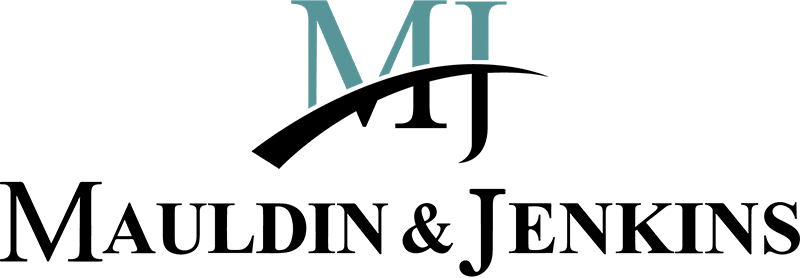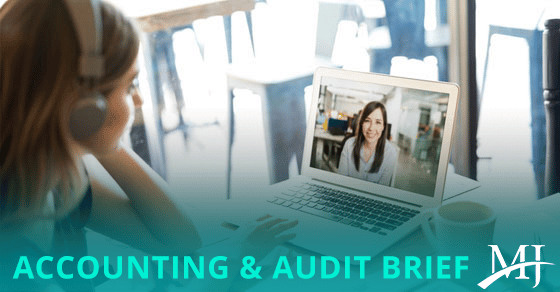Update on remote auditing
Remote work became a buzz topic when the United States went into lockdown mode in 2020 to combat the effects of COVID-19. Like many companies, audit firms quickly shifted to remote auditing with video conferencing and drones. Now that the country has largely reopened, will auditors continue to work remotely?
Remote auditing “definitely continues to be a hot topic today,” said Sara Lord, chair of the AICPA’s Auditing Standards Board, which sets standards that are used by auditors of private companies. Here are some lessons learned about this topic over the last three years.
Looking back
The concept of remote auditing didn’t start during the pandemic. Rather, COVID-related lockdowns served as a catalyst to expand the use of remote audit procedures.
Prior to the pandemic, accounting firms had already been transitioning to remote auditing for certain procedures. Specifically, many firms invested in staff training and technology — such as cloud computing, remote access, videoconferencing software and drones with cameras — to work offsite. This was done primarily to reduce business disruptions and costs during normal operating conditions.
When workplaces were shuttered in the spring of 2020, most audit firms were able to quickly adapt. Plus, many calendar-year audits were already done by mid-March of 2020, giving smaller firms time to adjust their audit procedures to facilitate social distancing and invest in technology and training to work remotely.
Forging ahead
Remote working conditions during the pandemic have altered the traditional audit process, in some ways permanently. Firms recognized that remote procedures offer many benefits over onsite procedures, including lower costs, improved timeliness and fewer disruptions. These benefits have been amplified given the talent shortage in public accounting. Remote work allows audit firms to perform more tasks with a smaller audit staff than they previously could using traditional in-person procedures.
While auditors have learned to embrace remote work for certain types of procedures, most have settled on a hybrid approach that involves both in-person and remote work. Three examples of audit procedures that are generally more effective in-person include:
1. Internal control testing. Auditors must determine whether the controls are adequately designed, put in place and operating effectively. Obtaining an understanding of the company’s control system is difficult through Zoom calls, however. Plus, auditors may need to re-evaluate how companies’ remote workers process transactions and consider additional testing to help ensure effectiveness. Controls that have been effective in prior periods may not suffice in when a company’s employees are working remotely all or part of the time.
2. Fraud-related inquiries. The auditing standard on fraud states that general inquiry of management and those charged with governance with respect to fraud is most effective when it’s done in person. Onsite interviews allow the auditor to read body language and evaluate the dynamics between co-workers.
3. Inventory observations. Auditing standards require auditors to obtain sufficient, appropriate audit evidence that inventory exists and is in good condition. Normally, auditors go where inventory is located and observe the counting process. They also perform independent test counts and check them against the inventory records. Live feeds from drones and security cameras have limits when used to ensure physical inventory counts are accurate. Onsite procedures — even if conducted for a random sample of a company’s locations — may be necessary post-pandemic.
Companies that refuse to allow auditors to conduct these types of procedures in-person may raise red flags to auditors about potential audit risks. When auditors work remotely, they need to have heightened professional skepticism and training on how to use technology effectively.
Auditing smarter
What’s the right blend of in-person and remote procedures for your next audit? There’s no one-size-fits-all solution. Contact us to discuss ways to leverage remote procedures to streamline the audit process, while maintaining audit quality.
© 2023




